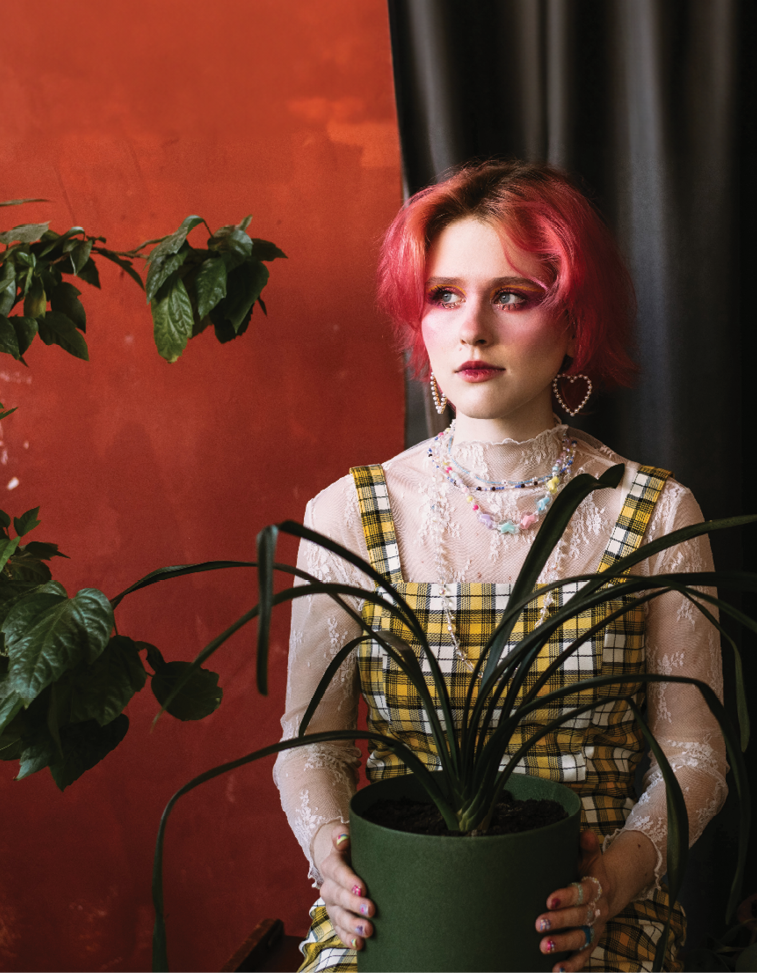
Gen Z (a.k.a. Zoomers) will “reshape the future of the horticulture industry,” says Katie Dubow, president of Garden Media Group (GMG) and lead creator of the 2024 Garden Trends Report. Are you dialed in to what products Zoomers prefer, how they shop and how they research buying options? If not, it’s time to meet the second-youngest generation in a meaningful way. Born in 1997 through 2012, this demographic is ahead of Millennials and Gen X when it comes to homeownership. In 2022, 30% of 25-year-olds owned their home, compared to the 27% of Gen Xers and 28% of Millennials when they were the same age, according to Redfin. The average age of a first-time home buyer used to be 36, according to the Garden Trends Report. And they’re motivated, Dubow says: 71.5% of Zoomers plan to buy their first home in the next one to six years.
“While we love first-time home buyers, this is important today because many Gen Zers have only ever worked from home. They see their home, and quality things to fill it, as a long-term investment,” GMG reports.
The green industry can capitalize on Zoomers’ values. Nearly three-fourths (73%) of Gen Zers are willing to pay more and wait longer for sustainable products that are of better quality, according to the report. Another key characteristic of this generation is their interest in pieces that have a story, including where it’s from, who made it. Here’s a group of people who want to know how that plant got to market, who discovered it and how it was grown.
“Owning those plants or products add to their own story,” Dubow says.
Since Gen Z is the first generation raised entirely in a digital world, growers and retailers need to understand and cater to their specific habits and preferences, such as seeking input from trusted online sources and keeping website and social platforms up to date, so influencer marketing and promotions through short-form videos are key for getting to Zoomers, she adds.

“Social media platforms make it easier for younger generations to learn how to make a difference in their own community,” she says. “We need to foster those young minds and help them to find their place in the green industry.”
More good news where Zoomers are concerned: they plan to spend more money and more time gardening, according to the Axiom Garden Survey, released in late 2023. This annual survey is presented by Axiom, a marketing communications firm that serves the horticulture industry.
The survey revealed that 53% of Gen Z respondents reported spending more money on gardening in 2023 compared to 2022, and 43% said they plan to spend more money in 2024 than they did in 2023.
Axiom also reported 59% of Gen Z respondents spent 50-100% more time in their gardens in 2023 compared to 2022. Continuing with that trend, 54% expect to spend more time gardening in 2024 compared to 2023. Almost three-quarters of Zoomers said they will plant more and expand their gardens in 2024.

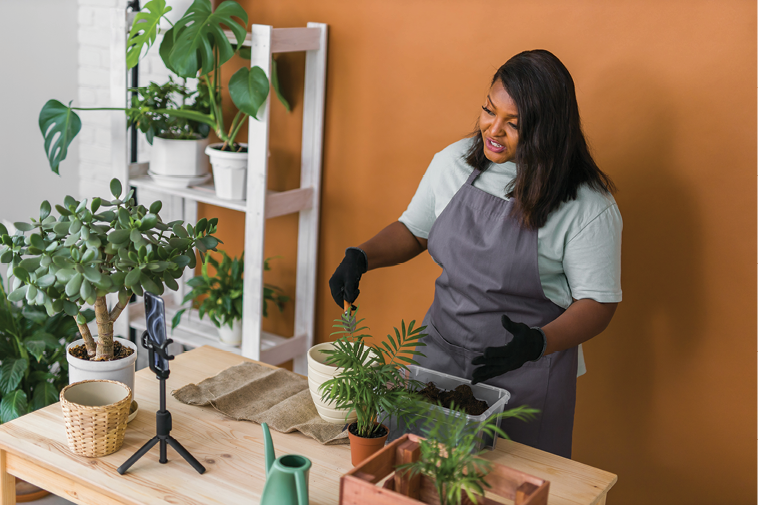
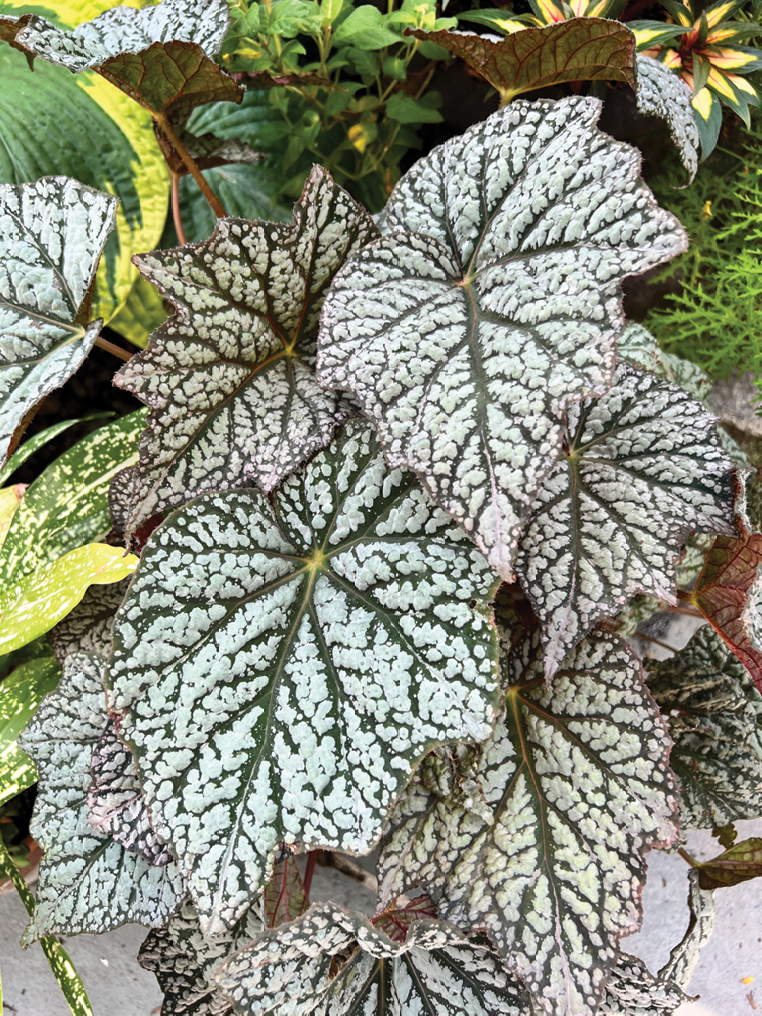
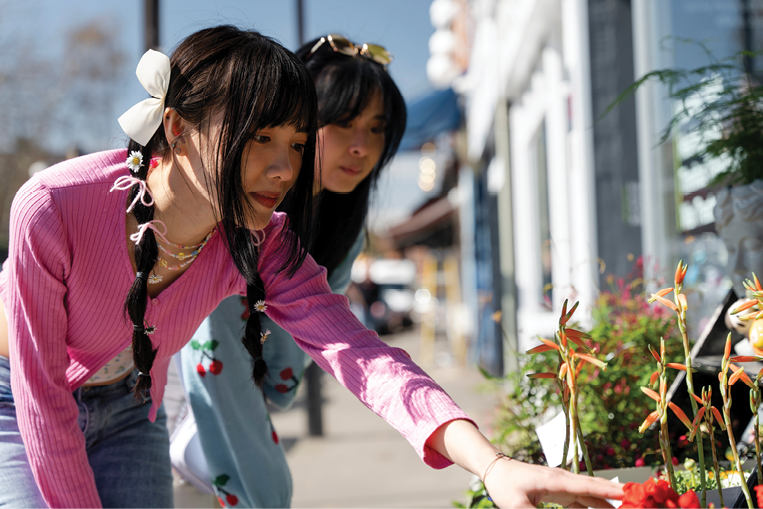
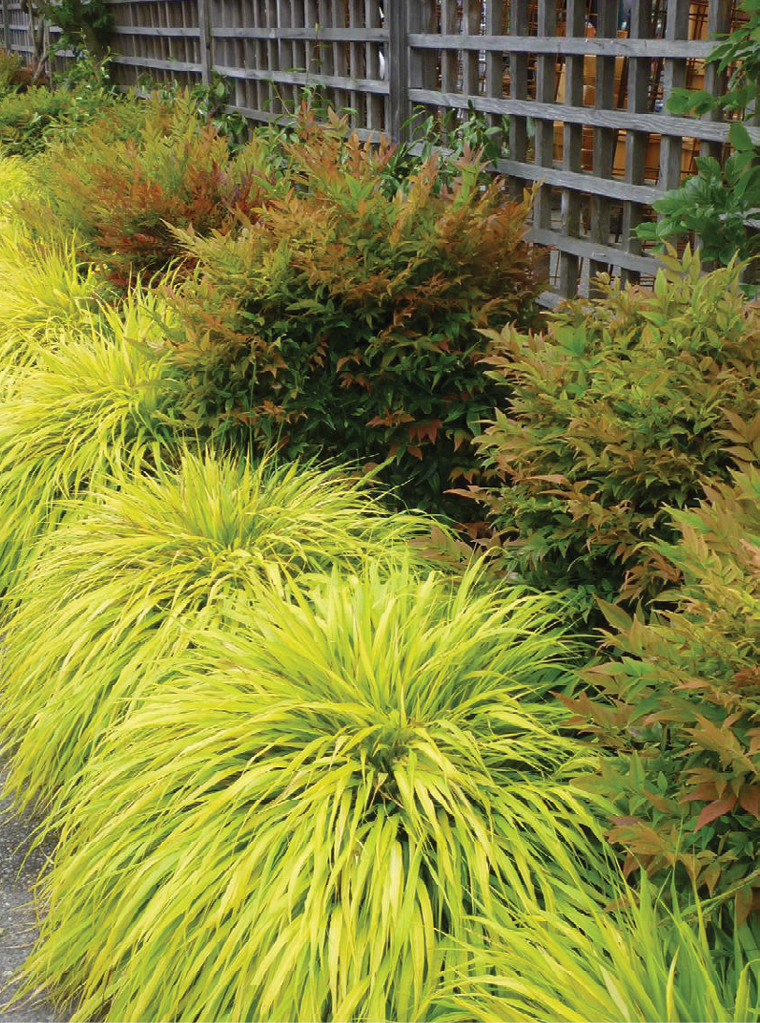
More trends
GMG’s report identified six other trends to watch, some of which will likely appeal to Gen Z.
“Horti-futurism” focuses on sci-fi in the garden, including closed ecosystem terrariums, survivalist gardens, night gardens and neon or metallic colors in store displays, floral designs and plants. Additional ideas include plants with bright variegation or silver-hued plants and futuristic or avant-garde designs and displays.
“Delight in the Dark” highlights ideas such as goth gardens/gardening, Victorian gardens and “tombstone tourism” (with cemeteries becoming hangout spots, or “third spaces”). This trend also includes curated pottery and statuary; up-lighting trees; untidy, withered, faded or even dying plants for merchandising purposes; and dark-hued plants.
“Bugging Out” emphasizes a growing interest in insects in design and decorations — even insect taxidermy. Other ideas related to this trend include pollinator-friendly and native plants, bug and nature-themed jewelry and insect-related classes and workshops, ranging from identifying and collecting them to even eating them. “The growing intrigue and awareness of insects helps boost an interest in the plants that feed them,” says Shubber Ali, CEO of Garden for Wildlife.
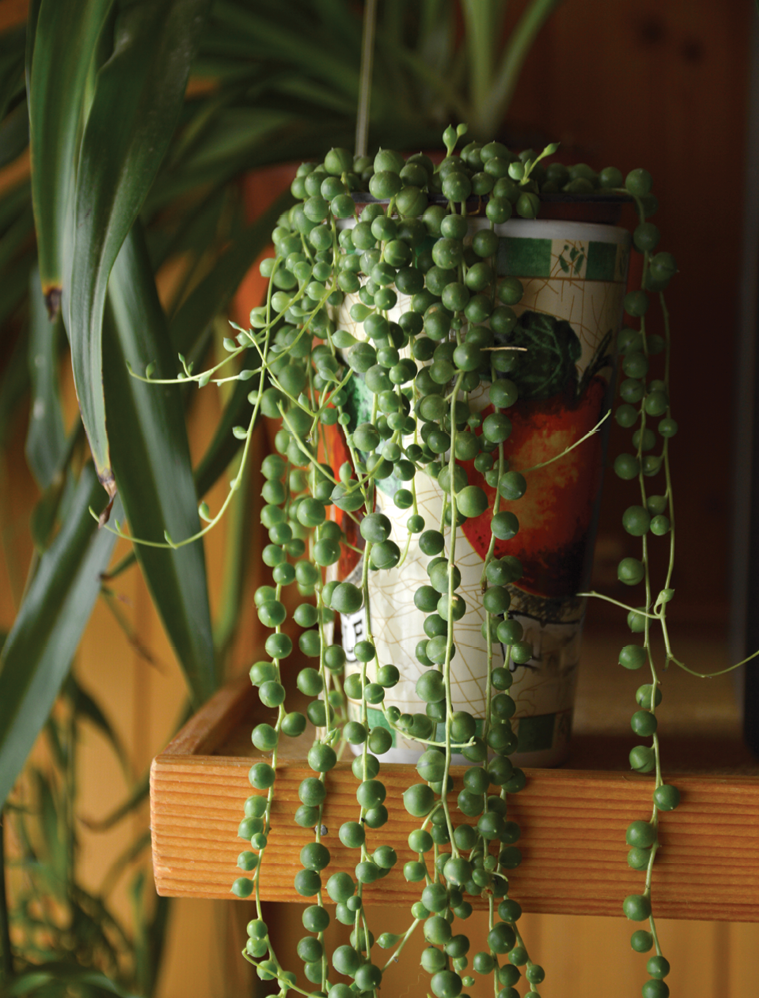
“Hanging in There” features the continued interest in small-space and container gardening. The report includes a long list of plant ideas, including string of pearls, pothos, philodendron, arrowhead, English ivy, inch plant, hoya and cherry tomatoes. Maximize vertical space, add beauty, grow food and create privacy, GMG suggests. “Designers will incorporate hanging and trailing plants as living art and/or to create focal points,” Dubow says. Hanging plants are best for vertical videos — popularized on social media platforms such as Instagram and TikTok.
“Nature Calls” focuses on sustainability, concern for the environment and the power of community. The group calls it the “anti-garden” or “chaos garden” era — a rebellion against tidy, non-native, heavy-input gardens of the past. It also focuses on an interest in growing urban canopies, the benefits of trees and carbon-capturing plants. Concern for the environment defined almost every exhibit at the 2023 Chelsea Flower Show, and many were focused on sustainable and efficient community gardens, the report notes. At the retail level, create a display of top carbon-capturing plants such as fast-growing native trees, native grasses and herbaceous perennials, Dubow adds.
GMG’s Color of the Year is cyber lime, which they describe as “a punchy near-neon that exerts and energizes the body and mind” that “signifies the powerful connection between nature and technology” and is “based on compassion, community and connection.” Plants with lime green flowers add a pop of color to containers and gardens. And lime foliage plants that can brighten up a dark corner. Despite its vivid appearance, lime can be matched with many different colors. It looks great next to fuchsia, bright oranges, yellow and shades of pink and purple can also work for a radiant, lively palette, Dubow says. Lime pops next to black and also matches well with neutrals like white and tan.
Download the GMG Garden Trends report here: bit.ly/GMG-Trends-2024; and look for the Axiom survey (which includes more than just Zoomer information) here: axiomcom.com/2024-gardening-survey.
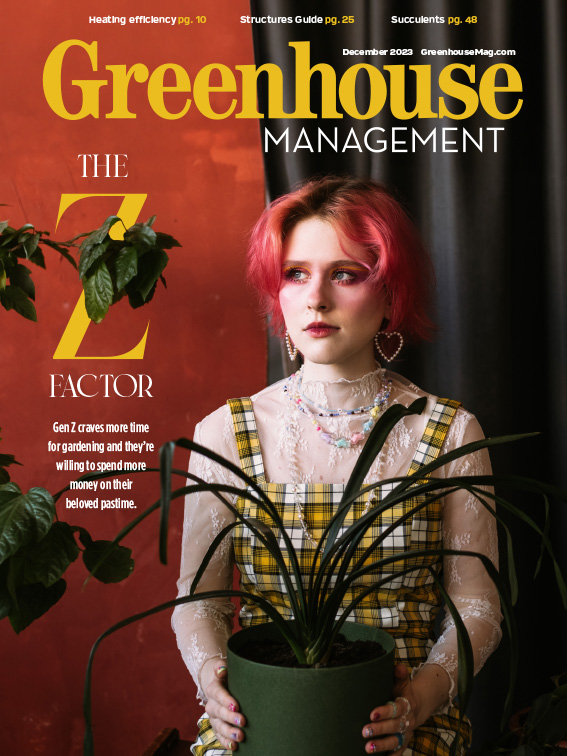
Explore the December 2023 Issue
Check out more from this issue and find your next story to read.
Latest from Greenhouse Management
- SaniDate WTO receives EPA registration to control foodborne bacterial pathogens in irrigation water
- Peter Orum, founder of Midwest Groundcovers, passes away at 82
- Pillars of PGR success
- Measuring up
- Star Roses and Plants launches redesigned website
- Hold the line!
- Star Roses and Plants wins awards from 2025 American Garden Rose Selections testing program
- Stay the course





